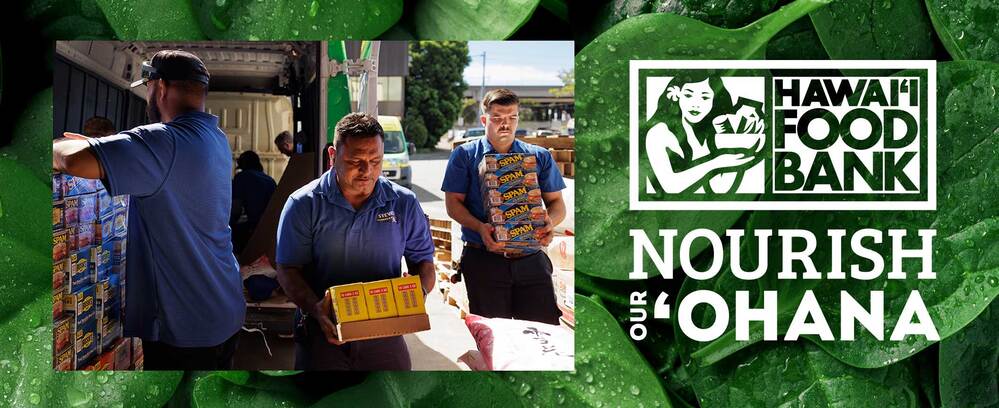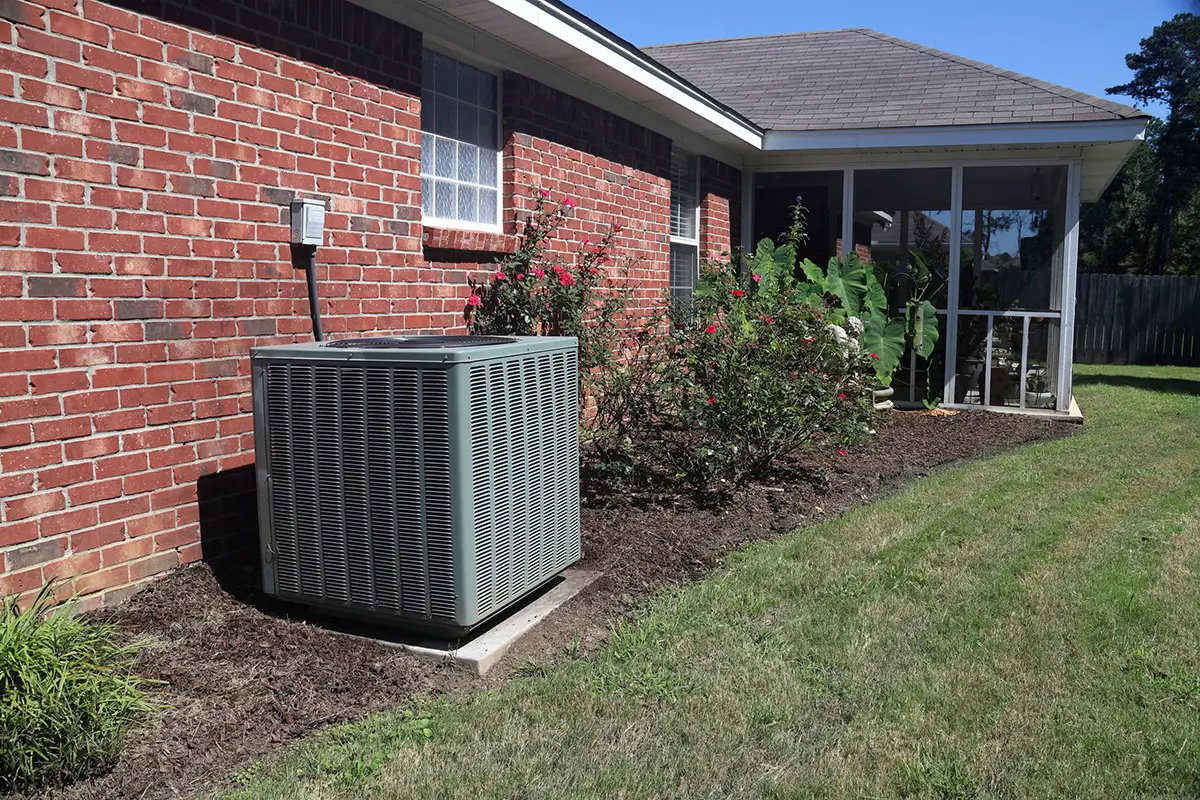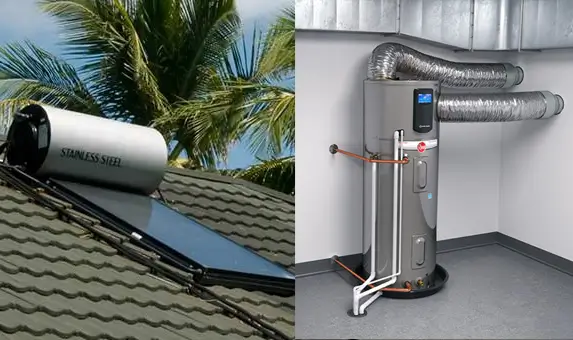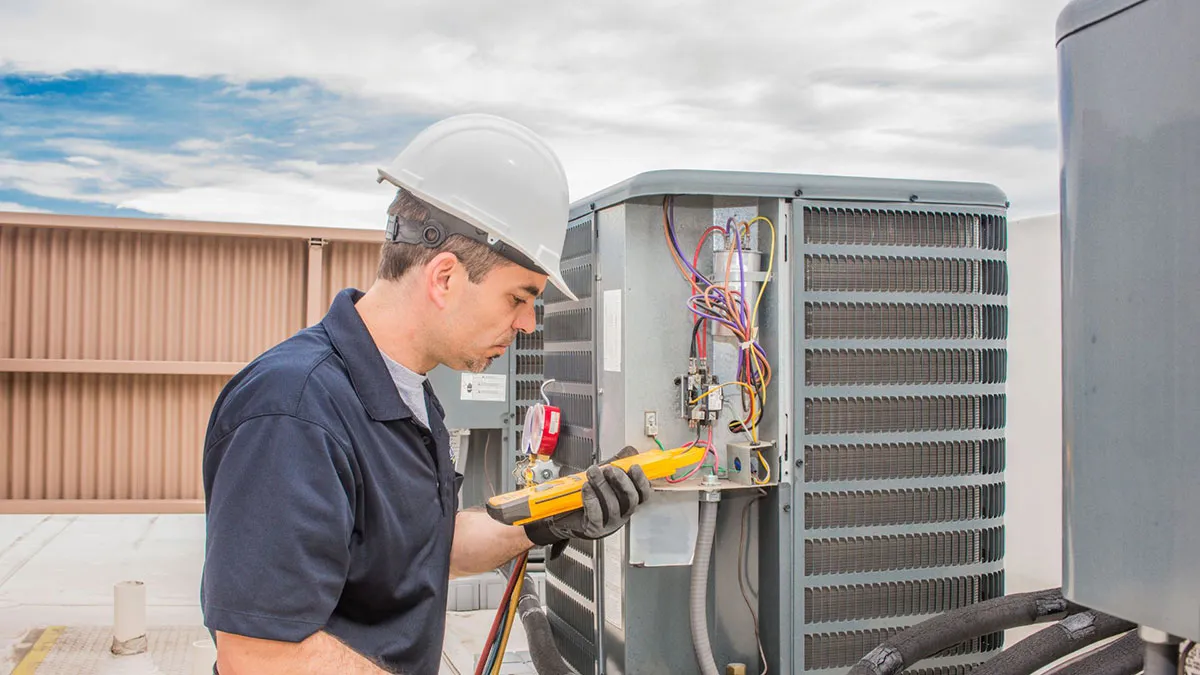The following list comprises the most common home plumbing emergencies. Before calling in your local emergency plumbing company, apply the repairs described below. Should the steps below not help resolve the plumbing fault, or if you are not confident in your abilities to apply to do it yourself repairs, don’t hesitate and summon your Maui emergency plumber to proceed with the right treatment.
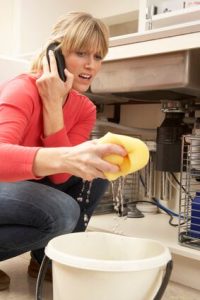
Leaky Faucets
A leaky bathroom or kitchen faucet is the most common emergency plumbing repair in the home. To apply the right repair, you need to know the specific faucet type. A cartridge or ball faucet is composed of one lever for hot and cold water. A compression faucet valve is made from two levers that rise up when turned on. A reversed compression faucet has handlers that lower when water is turned on. To repair a cartridge or ball faucet that is leaking, simply turn the water supply off and use an Allen wrench to remove the faucet handle.
Blocked Kitchen Drain
Kitchen drains are designed to remove dirty water from the kitchen sink and dishwasher and churned food scraps from the garbage disposal. Objects larger than food particles can be too big and clog up the pipe. To relief blocked drains:
- Remove the strainer, and place a plunger over the drain’s opening. Fill the sink with water, just enough to cover the plunger’s cup. Move the plunger up and down to develop suction in the sink. Repeat action until the obstruction is lifted and water drains quickly from the sink.
- If the plunger does not work, use a kitchen plumber’s snake.
- If the sink does not drain despite using a plunger and a plumber’s snake then the clog is lodged deeper in the drain line. Call in your emergency plumber before the sewer backs up on your kitchen’s floor.
Clogged Toilet
Clogged toilets require urgent emergency plumbing repair. As a thumb rule never flush down the toilet objects not designed for its drain. To unclog a toilet:
- If the bowl is full, use a handled container to empty half of its contents. If the bowl is empty, add water until half full.
- Place a toilet plunger over the drain and move up and down until water drains out of the bowl.
- When the plunger is ineffective despite your repeated tries, switch to a plumbing auger. Push auger down the drain until hitting the obstacle. Rotate the auger to break up the blockage.
- If the auger is ineffective the clog may be deeper and will require the handling of an emergency plumber.
Tip: To avoid potential health hazards apply a kitchen plunger to a kitchen sink and a toilet plunger for the toilet. A kitchen plunger looks like a ball cut in half. A toilet plunger looks more like a distorted ball with a large hole on the bottom.
No Hot Water
A storage-tank water heater takes freshwater from the water supply line and heats it up using gas or electricity. Water is kept in the tank at a set temperature until a hot water tap is turned on. When no hot water arrives after turning on the hot water tap, then the source is the water heaters. The faulty thermostat and relief valves can allow internal heat and pressure to rise and explode. Therefore always be cautious when working and examining faulty water heaters as depicted below:
- Check other faucets for hot water to see if the source of the problem stems from the actual faucet or water heater. If the problem comes from the faucet, check for a broken pipe.
- Carefully touch the water heater, and if it feels hot then the unit is functioning. Check gas water heaters for lit pilot lights. Follow the manufacturer instructions to lit back on pilot lights. Check electrical water heaters for working circuit breaker or fuse.

